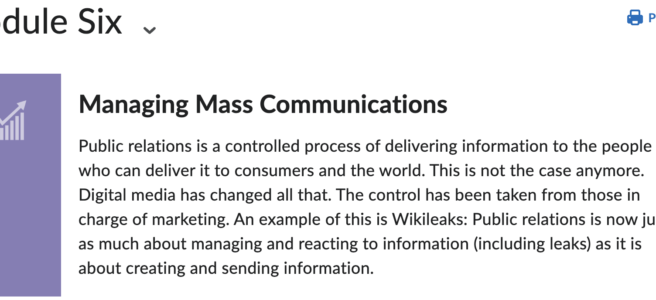Hey, guys! We made it! This is my last blog post of this class. I still have two weeks to go, but I don’t have any other blogging assignments to submit to you. Tonight I’m going to talk about marketing perspective, social media influencers, and how I believe they impact the relationships consumers have with favorite brands.
The beginning of the assignment was to read this article from 60 Minutes, The Influencers. It talks about social media influencers, people even I have heard about. People like Logan Paul and Kim Kardashian, who manage some kind of magic – turning cleverness into money, mostly with publicizing inane behavior that I cannot comprehend.
I’m not one hundred percent clear on what makes someone an influencer. My consumption of social media is very targeted – with the exception of Jason Momoa, I exclusively follow artists. Jason has a pretty big account, and I believe he does do influencer style marketing, but I’m not really clear. Sometimes he’s selling the things, sometimes they are from his friends, but most of the time he’s talking about Hawaii. I think. I will confess, I’m often distracted by his activities. I have never purchased something he is showing off.
My main objection to the idea of influencer marketing is that it is all based on envy and imitation. Women buy things that Kim Kardashian advertises because they want to be like her. She displays a glamorous lifestyle that makes people envious. I’m not sure how Logan Paul’s schtick leads to sales, and I do not have the bandwidth to learn. The influencer culture makes me feel old – I’m a grumpy dinosaur who just doesn’t care.
Social Media influencers share a lot, and do it often. They seem to find their niche and dominate it. Gary Vaynerchuck, who runs a digital advertising company talks about influencers having a mysterious “it” factor, then leaning into it. (Whitaker).
For advertising purposes, once an influencer has managed to achieve a large audience, they connect with brands that will appeal to their audience. Then they use the branded items into their videos and get paid handsomely. Companies can use marketing perspective to monitor the response of followers to the videos they place their products in and judge how a campaign is doing immediately.
Marketing Perspective is the act of listening to consumer response to campaigns and adjusting campaigns as needed. This monitoring of consumer response is critical in today’s market. Consumers can respond and disseminate information quickly, and a positive relationship between corporations and consumers is essential.
One aspect of the 60 Minutes program I found interesting is how valuable marketing agencies consider influencers to be. Logan Paul talked about being paid $200,000 for a day of video making, with little to no advance preparation.
While influencers are getting paid incredibly well to share their audience. People in the quilting industry often are expected to share product in return for “exposure”. Exposure is that magical tool that will get you shared on someone else’s platform. Of course, brands in the quilting industry are much smaller than those that work with the influencers talked about on 60 Minutes. There isn’t as much money flowing.
Overall, I don’t care too much for influencer marketing. It feels insincere at best, and deceptive at worst. How can you know if someone sincerely appreciates a product if the brand is paying them $200,000 to get it in front of your eyeballs? Of course, I do some affiliate marketing, for way less than that, so I also feel hypocritical. I can tell my readers that I genuinely love the products I share, but how can anyone be certain when there is money involved?
I’ll be back tomorrow with quilting content. I’ve got a new project to share. I hope you get to sew something today!
References:
Bill, W. (2016, October 23). The Influencers. CBS News. https://www.cbsnews.com/news/60-minutes-kim-kardashian-logan-paul-social-media-influencers/

